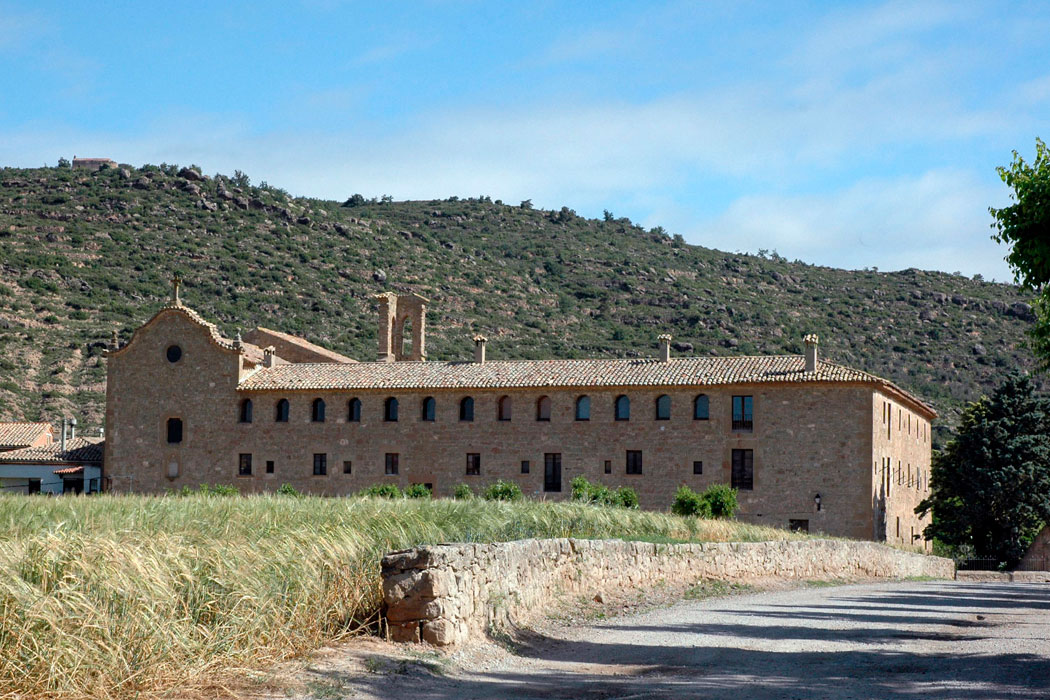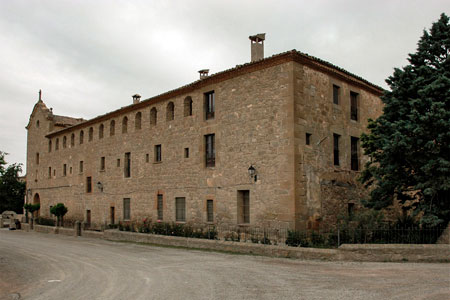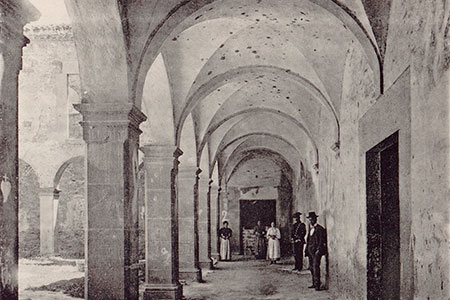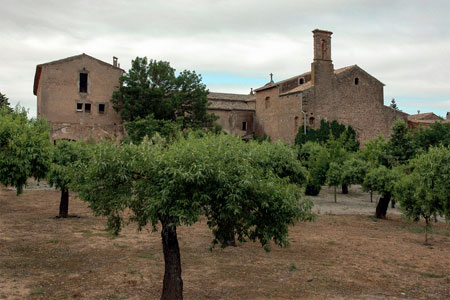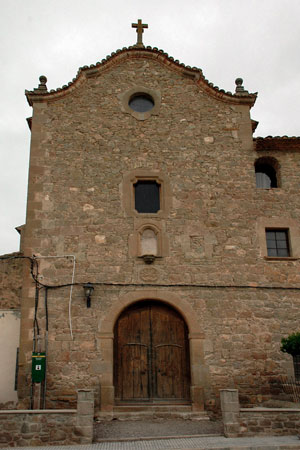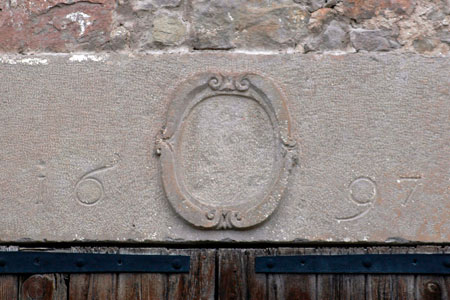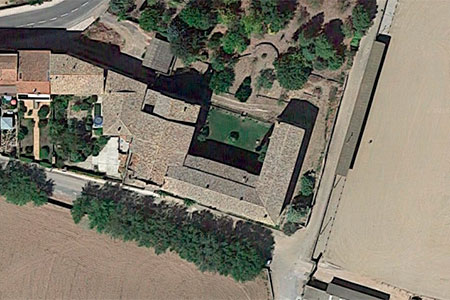The town of Torà suffered a severe outbreak of plague in 1688, and the population turned to Saint Anthony, promising to build a convent in his honour as a sign of gratitude for his intercession. After the calamity had passed, in 1692, Mr. Josep Rius donated a plot of land to be used for the new foundation. However, the project did not move forward until 1694, when a new epidemic rekindled the initiative. That same year, the Duchess of Cardona, as the local feudal lady, gave her approval, and the ecclesiastical authorities followed suit the following year.
The Observant friars arrived in Torà in 1695 and took up residence in a private house while the convent was under construction, a process that lasted from 1697 to 1747. In 1704, they were able to move into the new premises, and the church was blessed that same year. In 1754, construction began on a new church, which was consecrated in 1760. The building suffered damage during the Peninsular War, and in 1821 the convent was temporarily suppressed; the community relocated to the convent of Jesús in Barcelona, and the house was looted. In 1835, it was definitively closed as part of the secularisation process. When Barraquer visited in 1899, the church was still open for worship, although in poor condition. Part of the convent was used as a Civil Guard barracks, and the rest served other purposes. Today, although relatively well preserved, the former convent is occupied by residential dwellings.
- BARRAQUER I ROVIRALTA, Gaietà (1918). Los Religiosos en Cataluña durante la primera mitad del siglo XIX. Vol IV. Barcelona: F. J. Altés
- BARRAQUER Y ROVIRALTA, Cayetano (1906). Las casas de religiosos en Cataluña durante el primer tercio del siglo XIX. Vol. 1. Barcelona: Imp. Fco. J. Altés
- BOADAS, Agustí (2014). Els franciscans a Catalunya. Història, convents i frarades (1214-2014). Lleida: Pagès Ed.
- CORBERÓ, Jaume (1997). El convent de Sant Antoni de Pàdua. Torà
- SANAHUJA, Pedro (1959). Historia de la seráfica provincia de Cataluña. Barcelona: Ed. Seráfica
